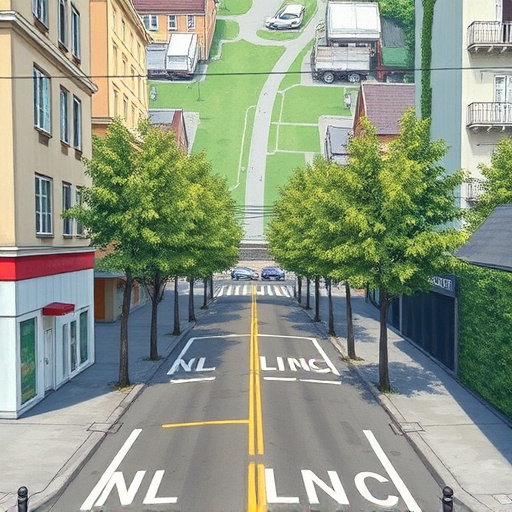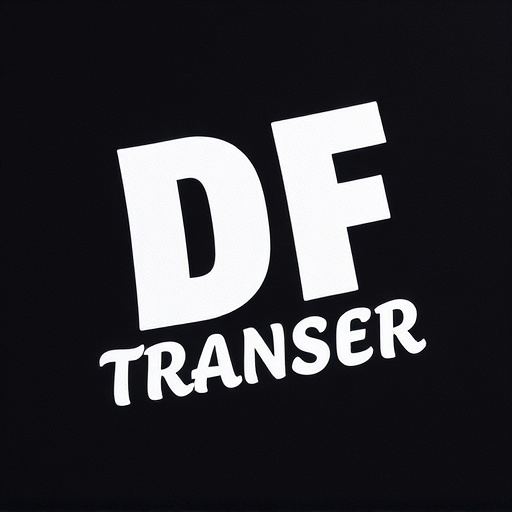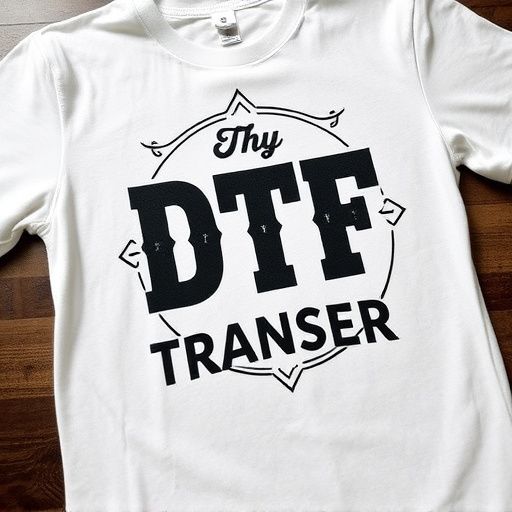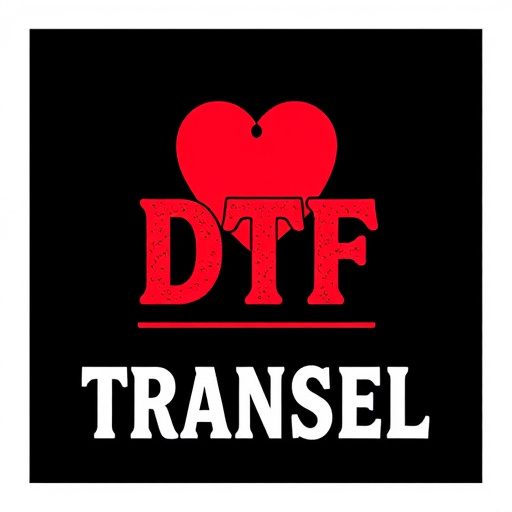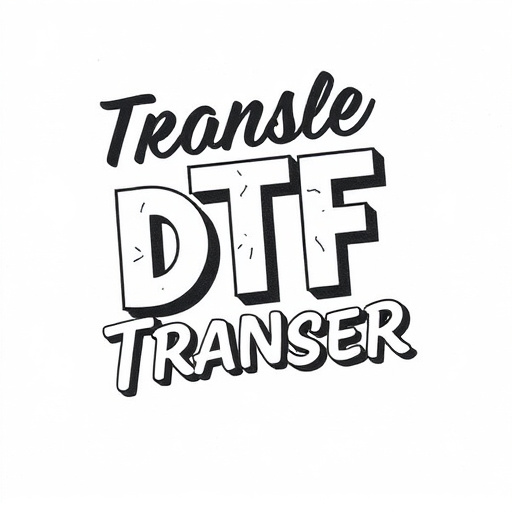Direct-to-Film (DTF) transfer printing is a groundbreaking technique offering unparalleled precision and efficiency for high-volume productions. By directly applying ink to flexible films or polymers, DTF enables intricate patterns and graphics with reduced setup times and waste generation, making it an eco-friendly option. DTF prints boast long-lasting durability suitable for outdoor applications, from signage to clothing, thanks to high-quality materials and meticulous preparation. This versatile method streamlines production while ensuring vibrant artwork maintains its impact over time, revolutionizing industries across diverse surfaces. Future advancements aim to enhance lifespan and enable personalized designs through digital innovations.
“Direct-to-film (DTF) transfer printing has emerged as a game-changer in the world of design and customization. This innovative technique offers unparalleled longevity and resilience for applied designs, making it a popular choice across various industries. In this comprehensive guide, we explore the enduring nature of DTF prints, from the science behind DTF Transfer to its environmental benefits and diverse applications. Discover how DTF technology enhances durability, navigates wear and tear, and continues to revolutionize printing.”
- Understanding Direct-to-Film (DTF) Transfer: A Brief Overview
- The Longevity of DTF Prints: Factors Affecting Durability
- Environmental Impact and DTF Transfer: A Sustainable Approach
- Resilience in Action: Withstanding Wear and Tear
- Applications Beyond Screen Printing: Expanding DTF's Reach
- Future Trends in DTF Technology: Enhancing Longevity and Versatility
Understanding Direct-to-Film (DTF) Transfer: A Brief Overview
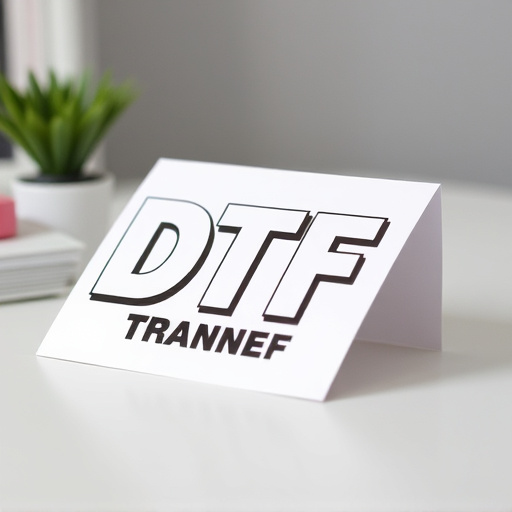
Direct-to-Film (DTF) Transfer is a cutting-edge printing technique that has revolutionized the way we create and apply designs, especially in high-volume production runs. This method involves transferring ink directly onto a film or polymer sheet, which serves as a flexible substrate. The DTF process offers exceptional precision and detail, making it ideal for creating intricate patterns and graphics. Once the design is printed on the film, it can be easily applied to various surfaces, from clothing and signage to industrial equipment.
DTF Printing provides numerous benefits, including speed, cost-effectiveness, and versatility. It eliminates the need for traditional printing plates, reducing setup time significantly. The ability to print directly onto a flexible medium allows for creative design possibilities, as patterns can be easily scaled and adapted for different product sizes. Moreover, DTF Transfers ensure long-lasting durability, making them suitable for outdoor applications and products exposed to varying environmental conditions, contributing to their longevity and resilience in various industries.
The Longevity of DTF Prints: Factors Affecting Durability
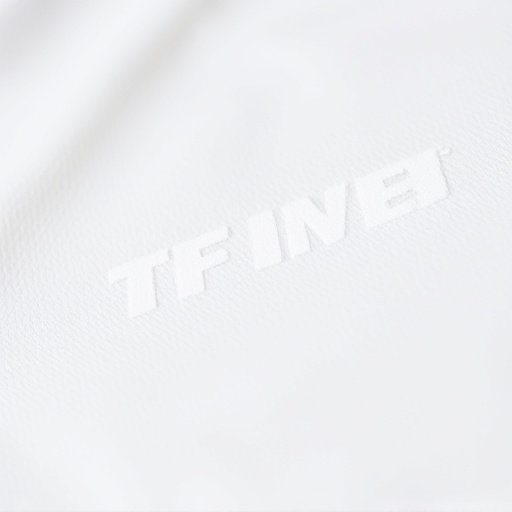
The longevity of Direct-to-Film (DTF) prints is a fascinating aspect that sets it apart from traditional printing methods. DTF Transfer, a process where designs are applied directly onto various surfaces using a film, offers several advantages in terms of durability. Key factors contribute to the overall resilience of these prints. One significant determinant is the quality of the raw materials used; high-performance films and inks ensure that DTF Prints withstand environmental conditions better over extended periods.
Additionally, the specific application technique plays a crucial role. Precise placement and even coating enhance adhesion, preventing peeling or fading. The surface preparation is also vital; cleaning and treating the substrate properly before applying the DTF Transfer can significantly impact the final product’s longevity. These factors combined ensure that DTF Printing delivers long-lasting designs, making it a preferred choice for applications demanding durability, such as outdoor signage and vehicle graphics.
Environmental Impact and DTF Transfer: A Sustainable Approach

Direct-to-film (DTF) transfer has emerged as a sustainable and efficient method in the printing industry, particularly for applied designs on various surfaces. This process involves transferring ink directly from a film or plate onto a substrate, eliminating the need for conventional plates, which can significantly reduce waste generation. By adopting DTF Printing, manufacturers can minimize environmental impact, especially when using eco-friendly inks and materials.
DTF prints offer a versatile and durable solution, ensuring long-lasting designs on products like ceramics, textiles, and wood. The technology’s precision allows for intricate details and vibrant colors, contributing to its popularity in various sectors. With the right practices, DTF Transfer can be a game-changer in promoting sustainable manufacturing, reducing carbon footprints, and fostering a greener approach to design application.
Resilience in Action: Withstanding Wear and Tear

The longevity and resilience of direct-to-film (DTF) applied designs are evident in their ability to withstand wear and tear, a testament to their robust nature. DTF transfer technology ensures that prints remain vibrant and intact even after extensive use, making it an ideal choice for items intended for prolonged exposure. The process involves precision printing directly onto various substrates, allowing for clear and durable images that can stand the test of time and environmental conditions.
Whether applied to outdoor signage, clothing, or household goods, DTF prints have proven their mettle. The technology’s ability to bond strongly with materials ensures that designs don’t fade, peel, or crack easily. This resilience is particularly notable in DTF printing’s capability to handle moisture, UV radiation, and other environmental stressors, making it a game-changer for creating long-lasting products that maintain their aesthetic appeal over time.
Applications Beyond Screen Printing: Expanding DTF's Reach
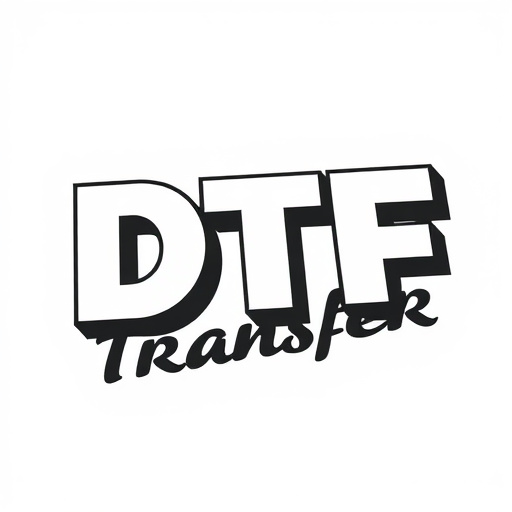
Direct-to-film (DTF) transfer printing has traditionally been a go-to method for screen printing on various substrates, but its applications extend far beyond the screen. This versatile technique is gaining traction in numerous industries due to its ability to produce high-quality, long-lasting prints on an array of materials, including textiles, plastics, and even metals. By eliminating the need for screens, DTF printing streamlines production, making it an efficient and cost-effective solution for custom designs.
The reach of DTF transfer is expanding as designers and manufacturers discover new ways to utilize this technology. From fashion and apparel to signage and automotive industries, DTF prints offer a durable and vibrant option for showcasing unique artwork and logos. Its resilience against fading and wear ensures that the prints maintain their visual appeal over time, making it an ideal choice for both indoor and outdoor applications.
Future Trends in DTF Technology: Enhancing Longevity and Versatility

As technology advances, direct-to-film (DTF) processes are expected to evolve significantly, further enhancing their longevity and versatility. Future trends in DTF technology will likely focus on improving material science, enabling printers to work with a broader range of substrates and inks, resulting in longer-lasting and more durable prints. Researchers and developers are exploring innovative ways to create materials that offer superior resistance to fading, weathering, and environmental factors, ensuring the vibrancy of DTF transfers for years to come.
Additionally, digital advancements will play a pivotal role in personalizing and customizing DTF prints. With advanced software and precise printing techniques, creating intricate designs and complex imagery will be more accessible. This trend will open doors for artists, designers, and businesses to produce unique, high-quality DTF prints tailored to specific needs, whether it’s for fashion, packaging, or decorative purposes. The future of DTF technology promises enhanced durability, creativity, and a seamless blend of aesthetics and longevity.


